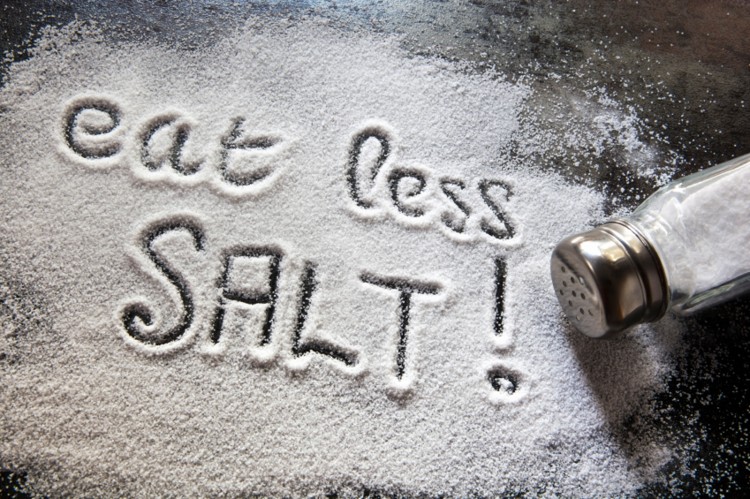Table salt, also known as sodium chloride, is the biggest source of sodium in our diets which when used in high amounts, can contribute to many health problems like high blood pressure, heart disease and stroke. Your sodium needs differ based on your age and health condition. General recommendations for adults and children 14 and over is 2000mg, which equals 1 teaspoon of salt daily. Foods that already have salt needs to be included in the 2000mg. The aim is to try to not go over your recommended daily sodium intake.
Salt makes your body hold on to water. If you eat too much salt, the extra water stored in your body raises your blood pressure. This means the more salt you eat, the higher your blood pressure. This puts a strain on your heart, arteries, kidneys and brain and can lead to heart attacks, strokes, dementia and kidney disease.
When buying food, read food labels using this quick guide:
- A Low-sodium food has less than 140 milligrams per serving
- Moderate-sodium food: less than 400 milligrams per serving, which is about ¼ teaspoon
- High-sodium food: more than 400 milligrams per serving, which is more than ¼ teaspoon
Getting rid of a salt habit may not be easy but it’s not impossible. Start by training your taste buds to enjoy foods that are not salty. There are local, natural substitutes you can use for flavour. Try ginger, curry, onion, garlic, dried herbs such as bay leaves, rosemary, cinnamon or lemon. These can be used on meats, poultry, fish, vegetables, soups and salads. If you’re making a meat marinade for example, try orange or pineapple juice as a base instead of other packaged sauces found in supermarkets. Use less canned foods, but if you decide to use them; rinse before preparing to remove extra salt. The healthier choice would be fresh, frozen, no added salt or low sodium canned foods. Add less salt when cooking and don’t add salt to your food when eating. As you get used to the taste of food without salt, gradually lessen on the amount used when cooking. If you usually eat out, remember that some items like bread, cheese and some breakfast cereals may not taste salty but contain high amounts of sodium.
Liking salty foods is a learned taste so the key is to start with children. If they are trained with a diet that is low in salt, chances are they wont’s have a preference for salt and will grow to love the natural flavour of foods. Don’t add salt to food that is cooked for your baby. As your child starts eating the same food as the rest of the family, don’t add extra salt when cooking.
The aim is to reduce the amount of salt you eat as much as possible, not to keep an exact tally of the amount you eat. Just take the necessary steps to limit salt in your diet. Challenge yourself to cook without salt for two days a week at the beginning, then gradually increase the number of days. Instead, try seasoning and flavouring meals with local herbs and spices.

